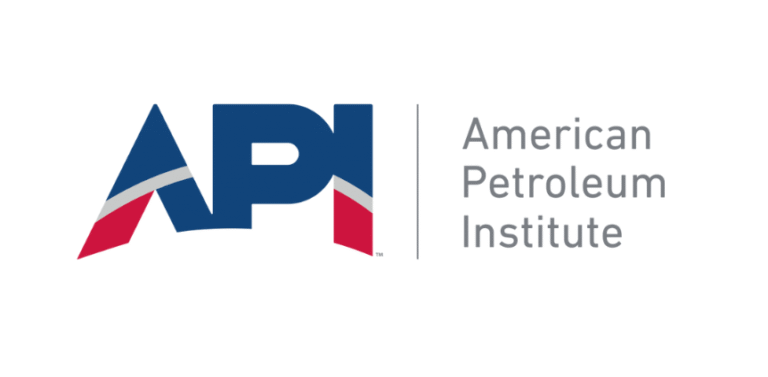The first step of digitising operations is to move from pneumatic controls to electric actuation and digital telemetry. Once those are in place, it is then possible to visualise the operation from a central location via a SCADA system. Many pipeline operations across the world have achieved this step, which greatly reduces the cost of operations and minimises downtime/outages due to the enhanced visibility into the ‘health’ of the operation. This digitalisation is the first step to empower those at the heart of it all – our control room operators. If a control room operator can visualise what’s happening, then they can react quicker. However, more isn’t always better; we have seen this with alarm flooding. Control room operators have so much information that they are unable to process it, and thus are unable to react to it, which results in control room operator fatigue, which in turn is the leading cause of safety and environmental incidents in our industry. On top of this, humans struggle with complacency once they become very proficient at tasks. We must now look to what’s next with regards to technological development for control rooms in order to unlock the next phase of safe and efficient operations. This is especially important as we strive to reach our sustainability goals as per the Paris Agreement.
Automating operational procedures
The next step is to use digital information to automate the operation. By operation, we mean the procedures, checklists and rules of thumb that a control room operator executes to
operate the pipeline asset. That may be managing line pack, swings, start-ups, shutdowns, batch transitions, etc. All the things that are part of the day-to-day operations of pipeline assets that ensure the flow of energy to our societies.
Control room operators are much more effective with access to digital information. However, leveraging automation to create ‘auto-pilot’ capabilities for control room operators will greatly reduce incidents related to human factors and generate the efficiency required to meet the initial industrial requirements for the Paris Agreement.
The benefit to control room operators by automating the operation of procedures, checklists, and rules of thumb for pipelines are the following:
* Reaching and maintaining, with substantially reduced variability, true maximum pipeline capacity rates during all operational procedures increasing volumetric throughput.
* Increasing pipeline ratability.
* Managing pipeline line pack for gas systems.
* Reducing control room operator commands.
* Enabling the highest possible consistency of operations between control room operators.
* Ensuring maintained line pack during shutdowns, which increases leak detection integrity for liquid systems.
* Maintaining, with substantially reduced variability, targeted rates during all operational procedures increasing volumetric throughput.
* Automatically managing start-ups, swings, shutdowns, strips for liquid lines.
These benefits empower control room operators to focus on the overall operation of the system, ensuring that nominations are met every day as well as making sure that they are alert and well rested if there are any safety issues that need their immediate and full attention. Similar to how Alexa or Google are fully integrated into your home’s light switches, your simple ‘procedures’ like turning off all lights on the main floor of the house can be simplified to “Alexa – turn off lights downstairs”. That feels so simple as it has many tangible and intangible benefits to both your enjoyment of your house as well as the energy usage of it. In short, the
easier we can make things, the better we can make things in many ways.
So how then does automation enhance safety, one would then ask? One of the simple thought exercises that I like to do here is the following:
Imagine getting on a plane to fly from London to Houston without a pilot. Not going to do it, are you? READ THE FULL ARTICLE on page 39.







